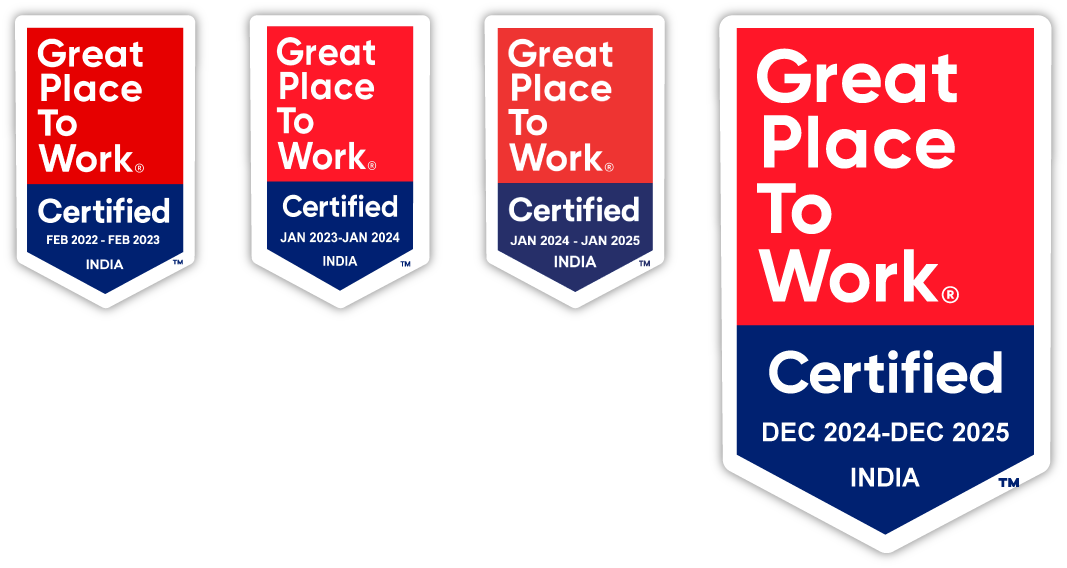
Between April and July 2025, the GOSTARᵀᴹ TPD database added 20% more content. More than 10,000 new degrader structures were added with 70,000 structure-activity relationships. Additionally, GOSTARᵀᴹ TPD substantially expanded its ADMET data, as well as new coverage for modality and ligase. The update helps support degrader design, IP analysis, and target-ligase prioritization.
GOSTARᵀᴹ TPD Database Content Growth Summary
| Metric | April, 2025 | July, 2025 | Growth (Q1–Q2) |
|---|---|---|---|
| Unique Structures | 51,023 | 61,312 | +10,289 |
| Structure-Activity Relationships (SAR) | 152,773 | 223,645 | +70,872 |
| Bivalent Degraders | 33,932 | 42,773 | +8,841 |
| Monovalent Degraders | 5,371 | 7,240 | +1,869 |
| ADMET Data Points | 8,816 | 37,305 | +28,489 |
| Patents | 408 | 1,522 | +1,114 |
| Journal Articles | 158 | 4,754 | +4,596 |
| Other Data Source | 21 | 220 | +199 |
Newly Covered Degrader Types
- Antibody-targeted chimeras – ATACs
- Regulated induced proximity targeting chimeras – RIPTACs
- Covalent degraders
Newly Curated E3 Ligases
- DDB1 And CUL4 Associated Factor 16 (DCAF16)
- Beta-transducin repeats-containing proteins (β-TrCP)
- Adhesion-regulating molecule 1 (ADRM1)
- Baculoviral IAP repeat-containing protein 2 (BIRC2)
Value to our Users
This content release extends GOSTARᵀᴹ TPDs coverage in ways that support both design and strategy. New ADMET profiles help guide the selection of compounds for further development. Latest patent coverage improves visibility into competitive and IP landscapes. The updated dataset also supports SAR-based design and machine learning applications.
Try It Yourself
Log in to your GOSTARᵀᴹ TPD account to explore the latest data, or contact our team for access to high-quality curated degrader datasets.




